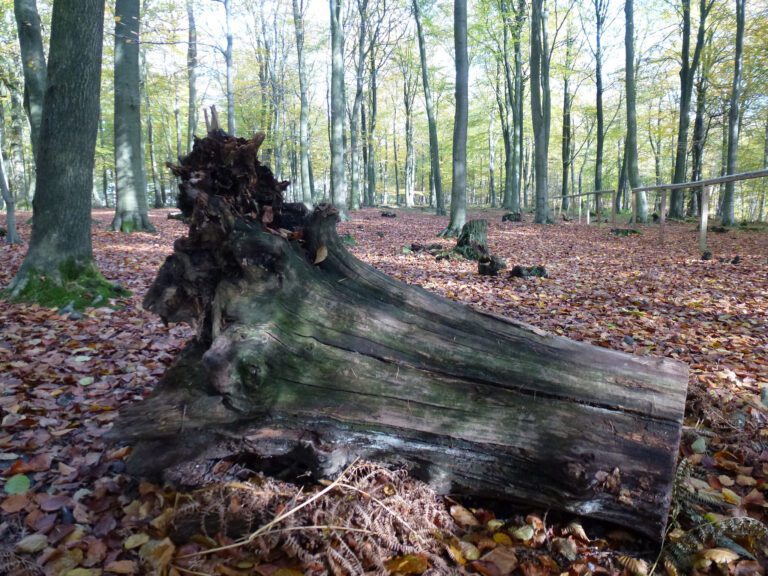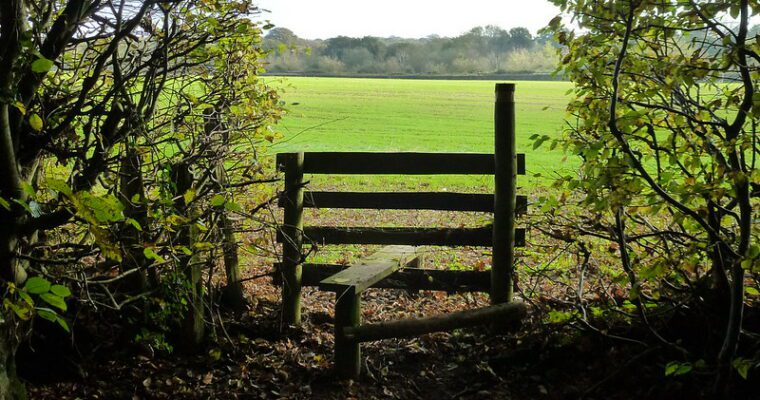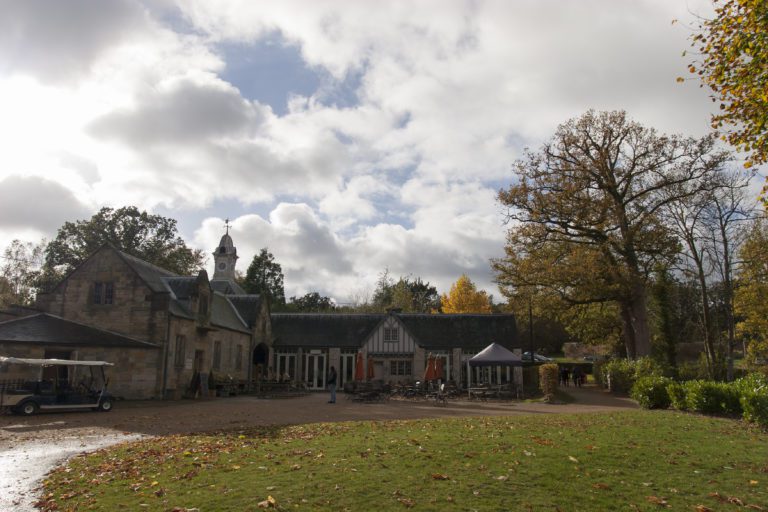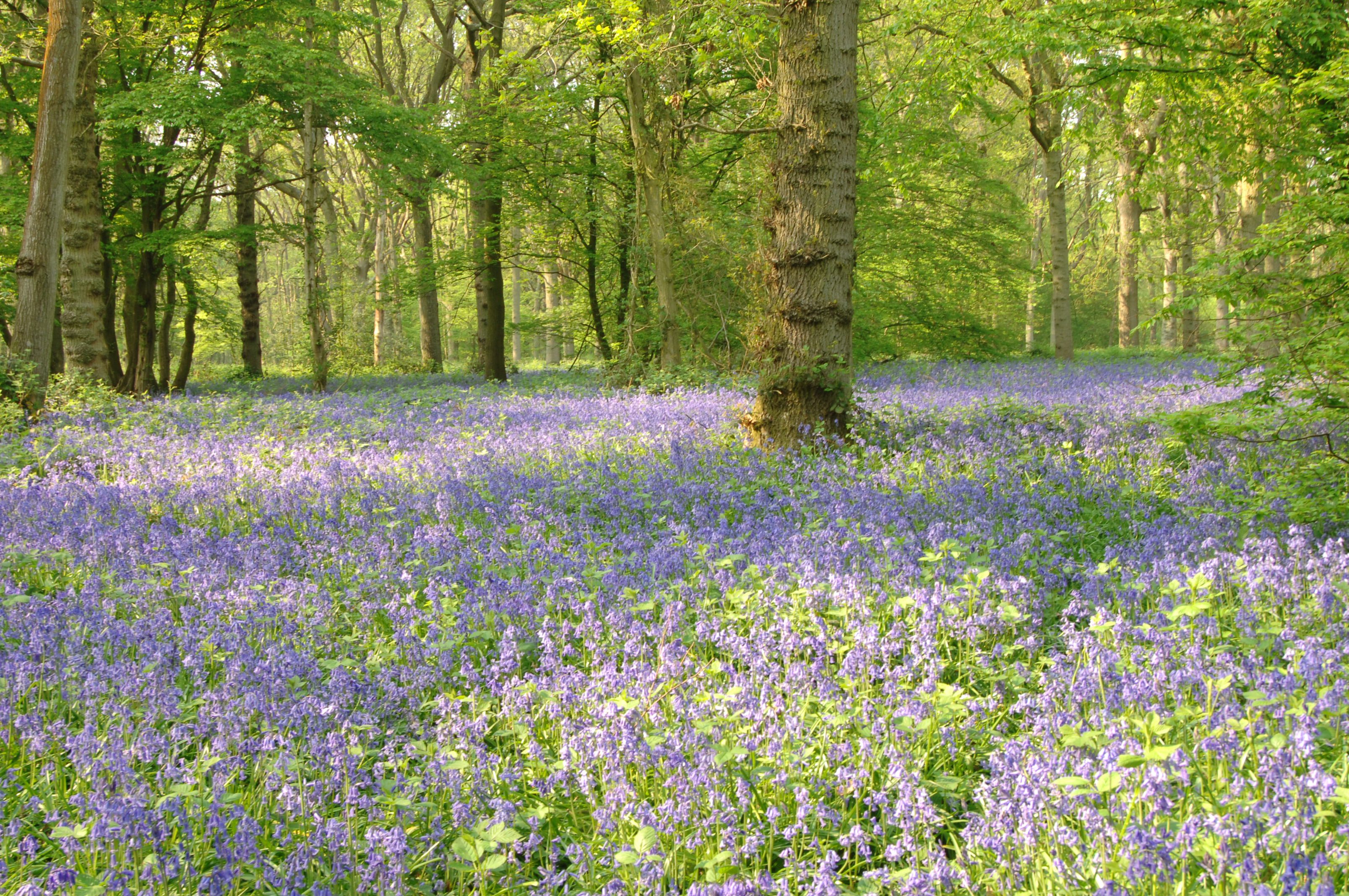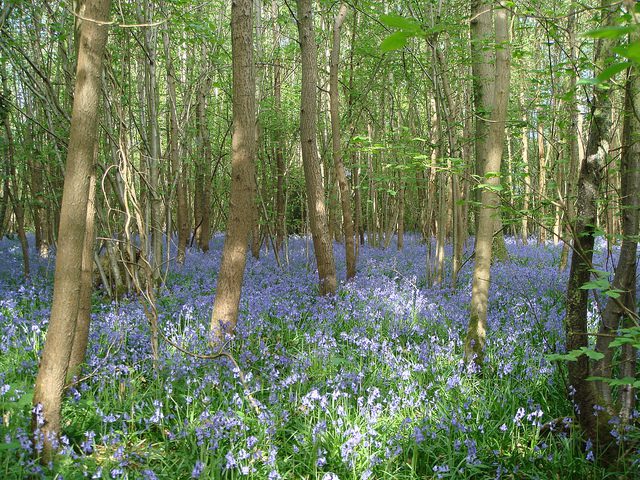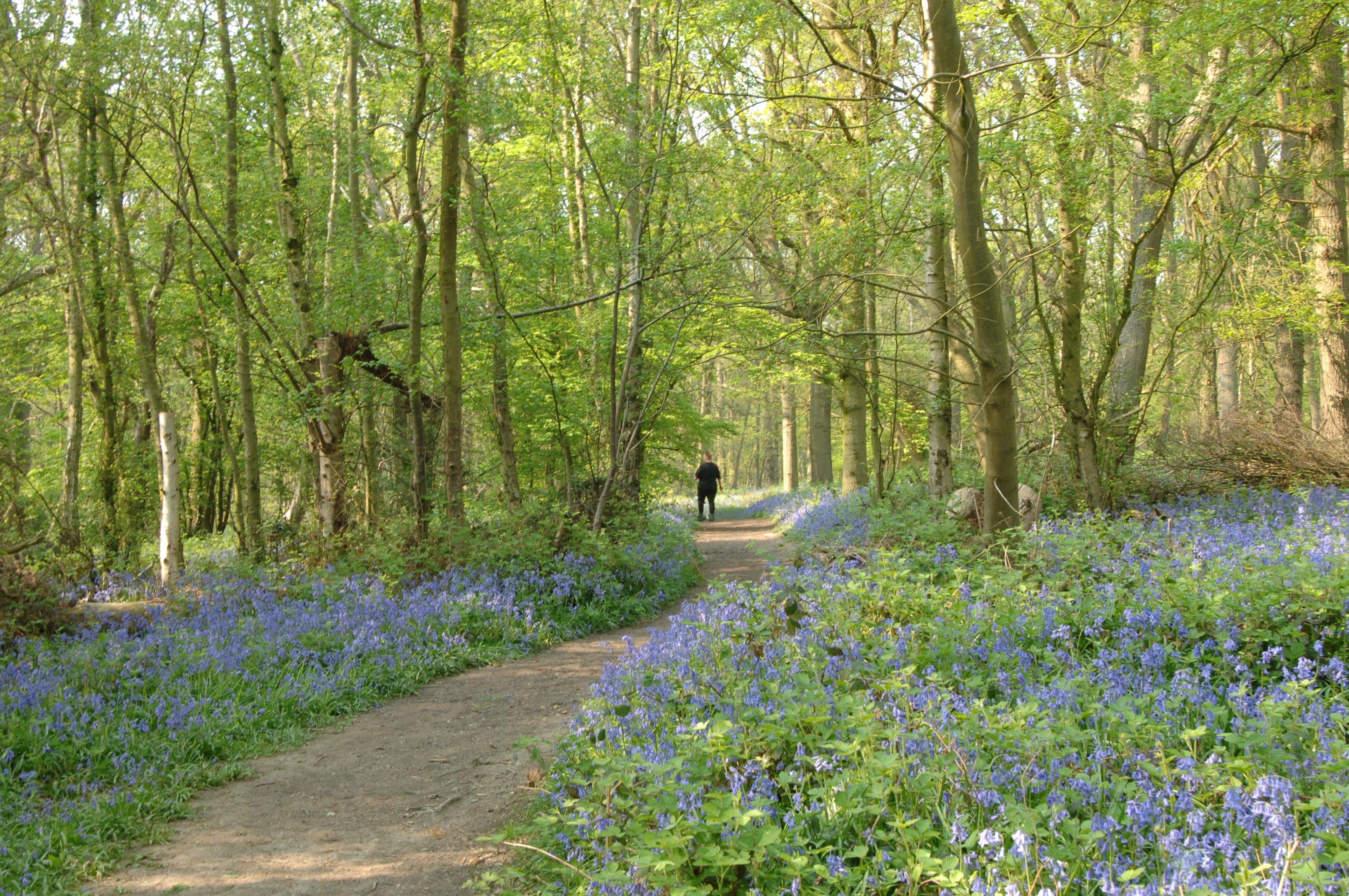Beautiful Bluebells in Kent
We are fast approaching the time where Kent is engulfed by beautiful bluebells! The most picturesque and magical sign of warmer weather. The perfect opportunity to embrace whilst walking.
You do not need to travel miles to find bluebells though, you can spot them in any wooded area near you!
Here are some top tips on where you can find them, why they are important to the natural world and some unusual facts about these dainty little flowers.
Where can I find them?
Bluebells flower in April and May. In the UK there are two types of bluebells that grow wild; the Native Bluebells and the Spanish Bluebell.
Bluebells are associated with ancient woodland and are often used in combination with other species as an indication of how ancient a wood is.
They tend to grow on woodland floors, although as new colonies develop you may also see them in parklands, hedgerows, fields, and even along road verges.
They reach their greatest densities in the UK’s woods where many thousands of blubs can exist in one area, creating the incredible blue carpets we fondly associate with spring!
What is their importance to wildlife?
Many insects reap the benefits of bluebells as they flower earlier than many other flowers.
Butterflies, bees and hoverflies all feed from their nectar. Bees can steal the nectar from bluebells by biting holes at the bottom of the flower, reaching the nectar without the need to pollinate the flower.
Ants help spread bluebell seeds, so if you live near a bluebell wood you may find them pop up in your garden.
5 amazing facts about bluebells
- Over half the world’s population of these iconic wildflowers grow in the UK.
- Bluebells are protected under the Wildlife and Countryside Act 1981. If you dig up a wild bluebell you can be heavily fined.
- Gum from the roots was once used to glue feathers to arrows and in bookbinding.
- Bluebell juice was said to cure snake bites but is chemically very potent and can be toxic in large doses.
- Bluebell bulbs contain starch that in Elizabethan times was used to stiffen rugs!





